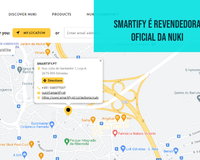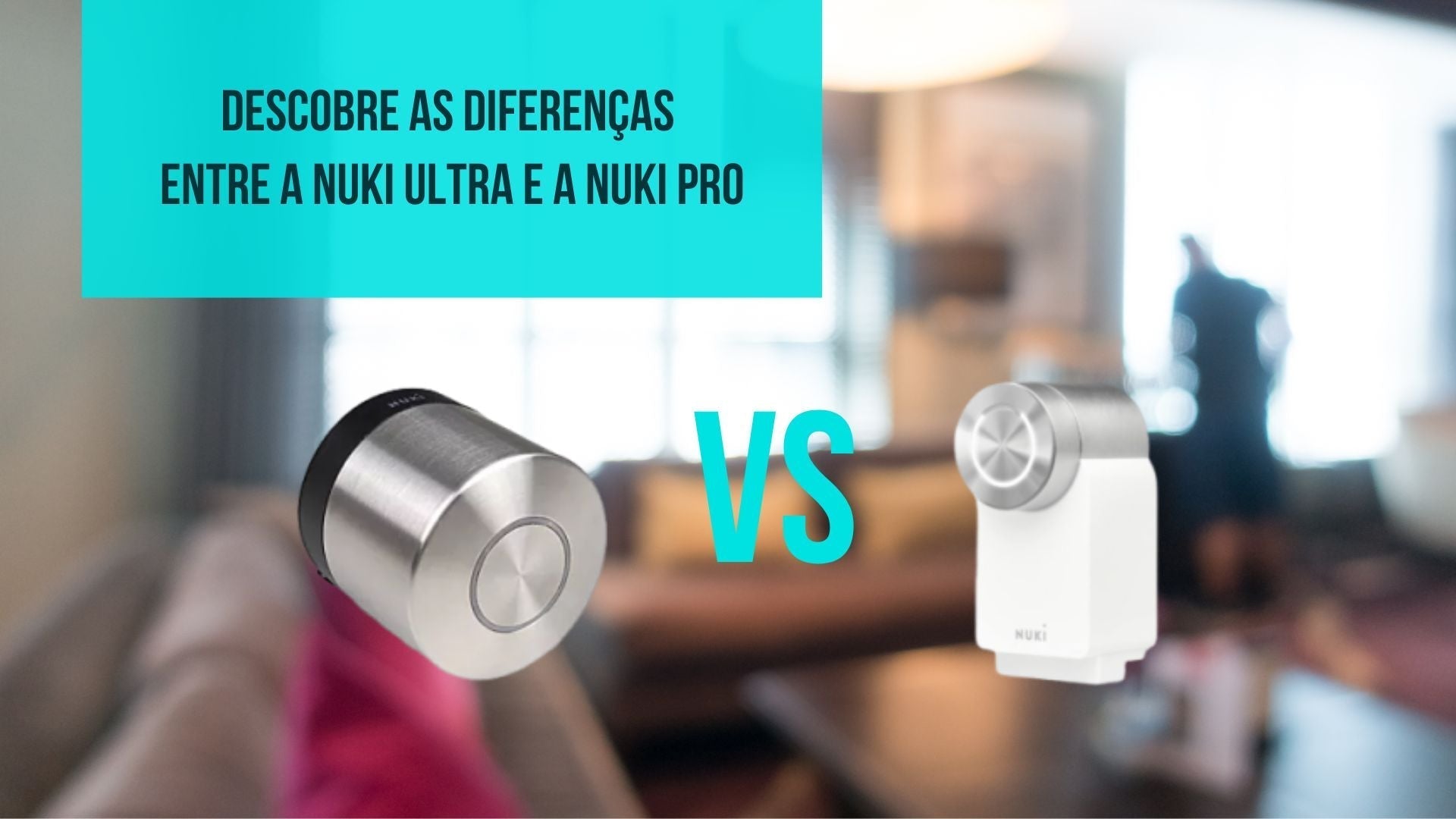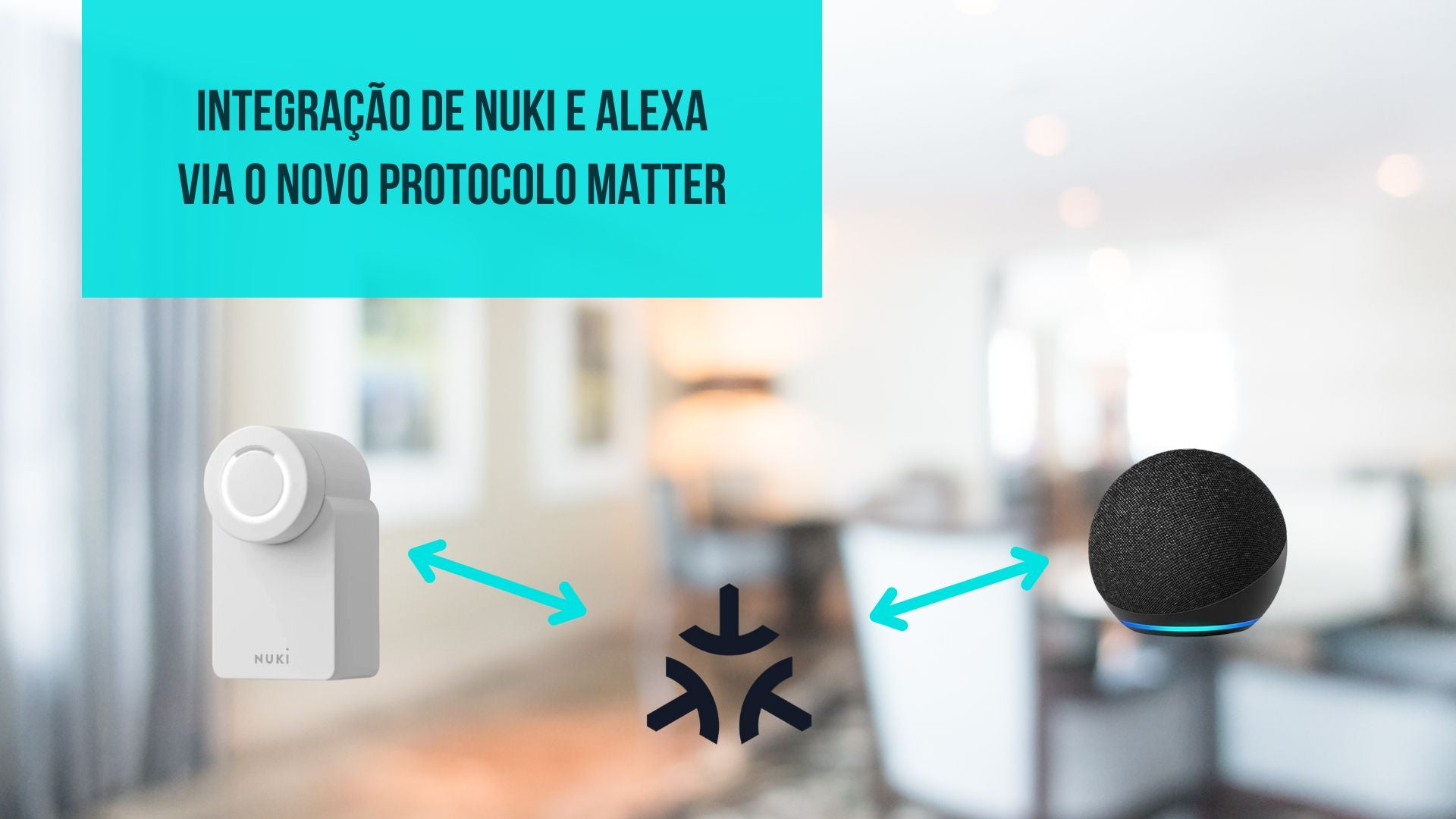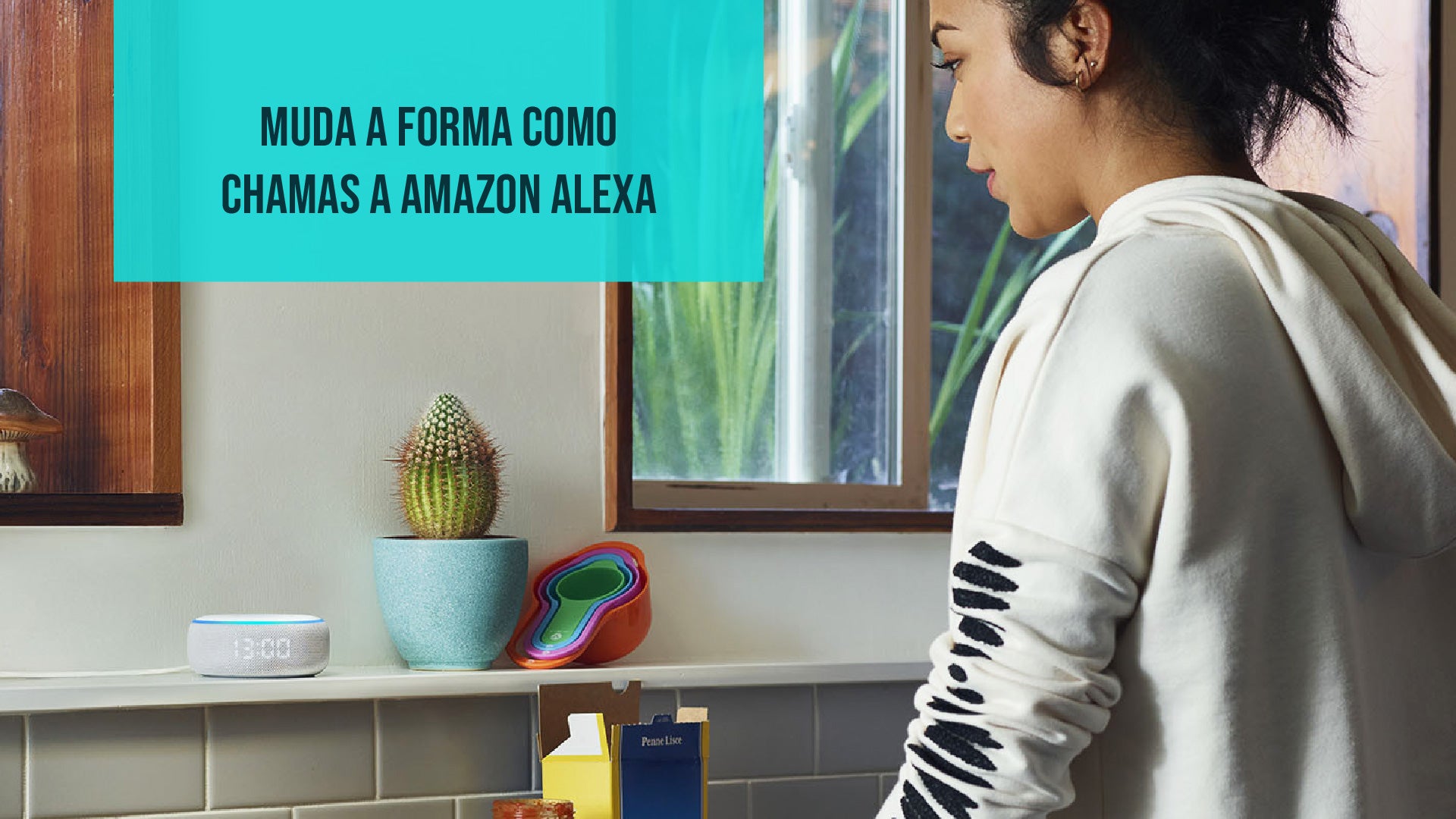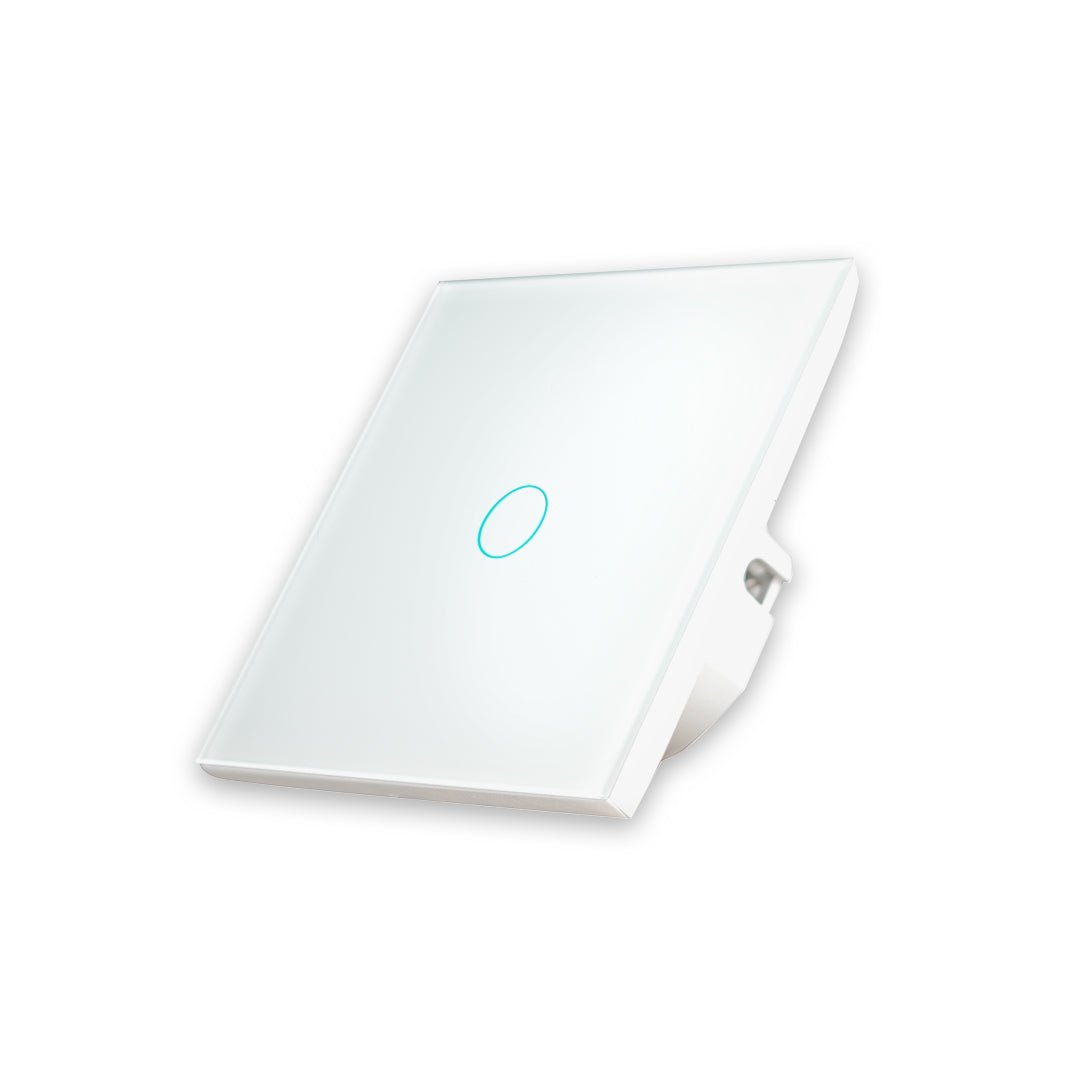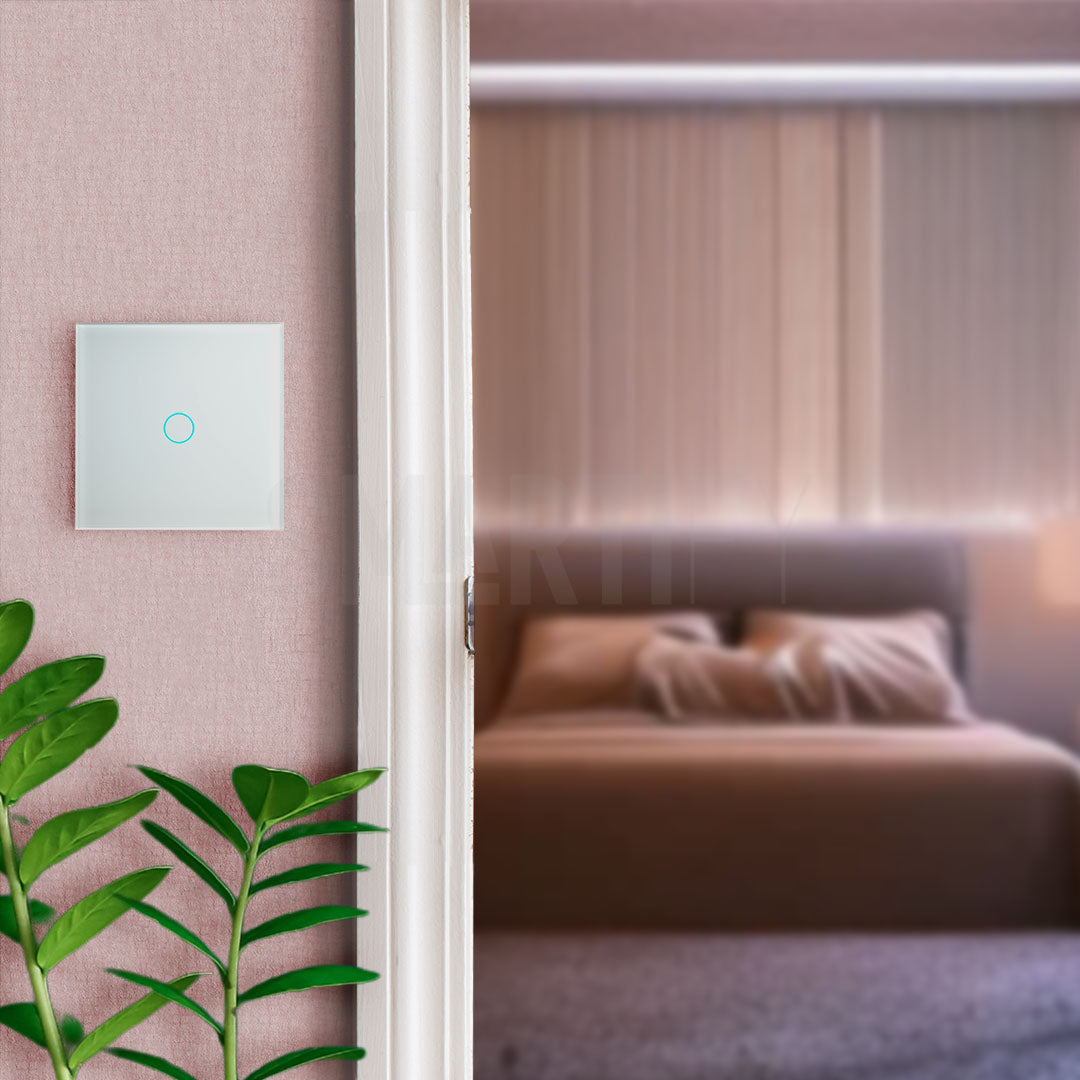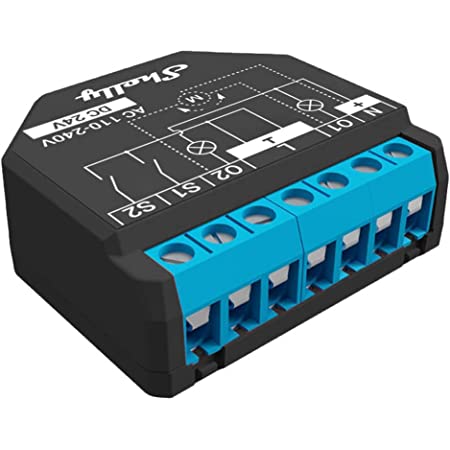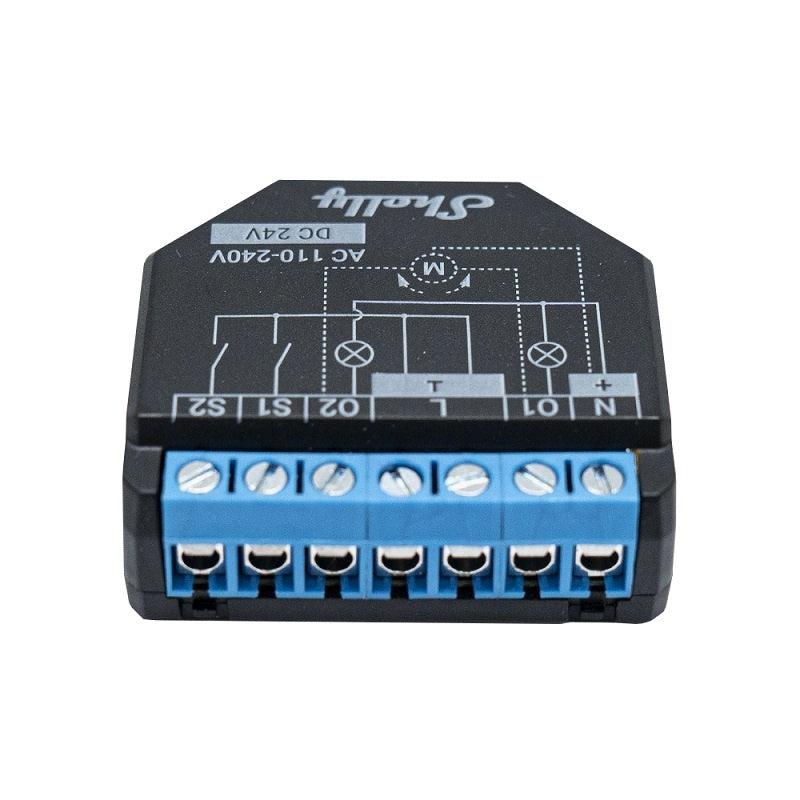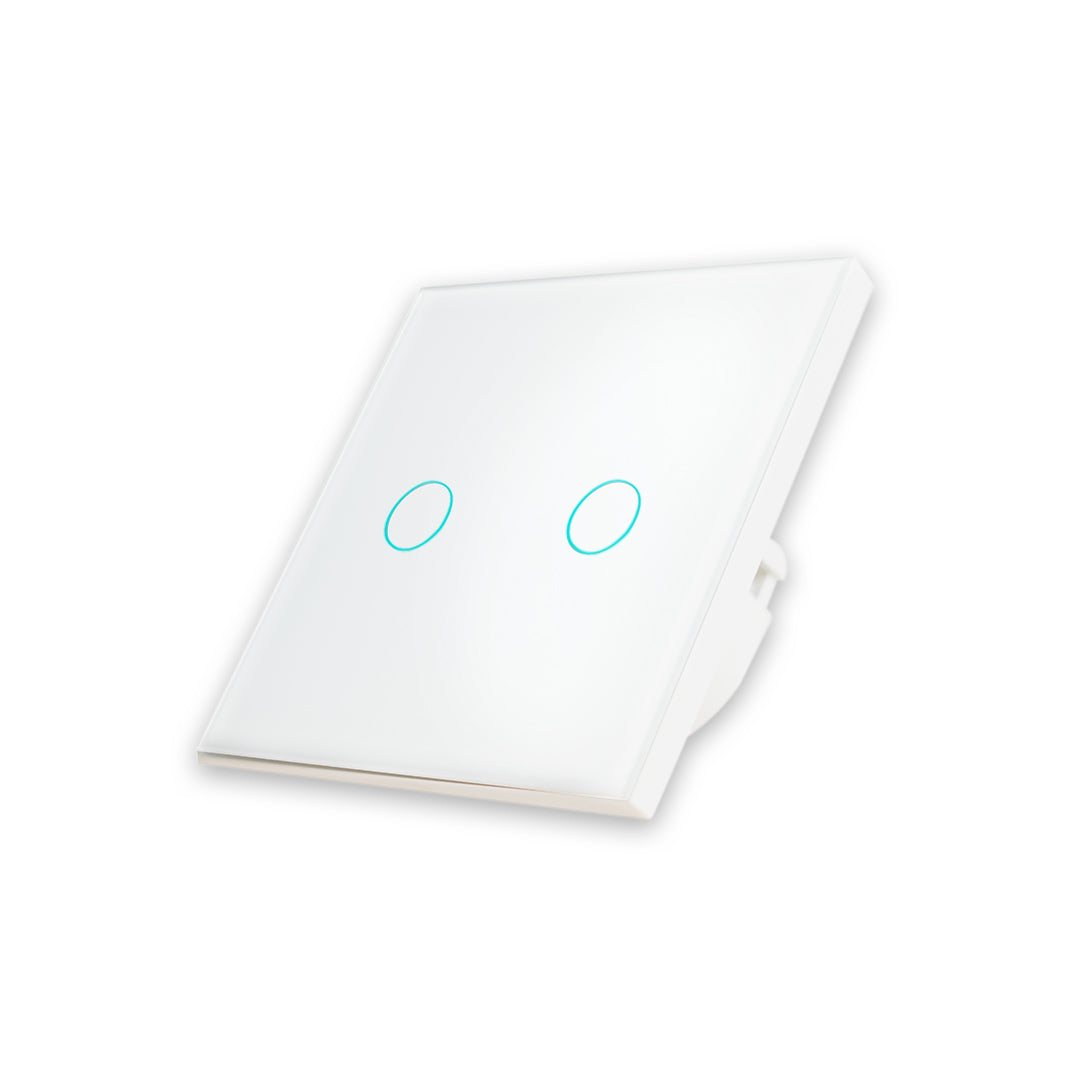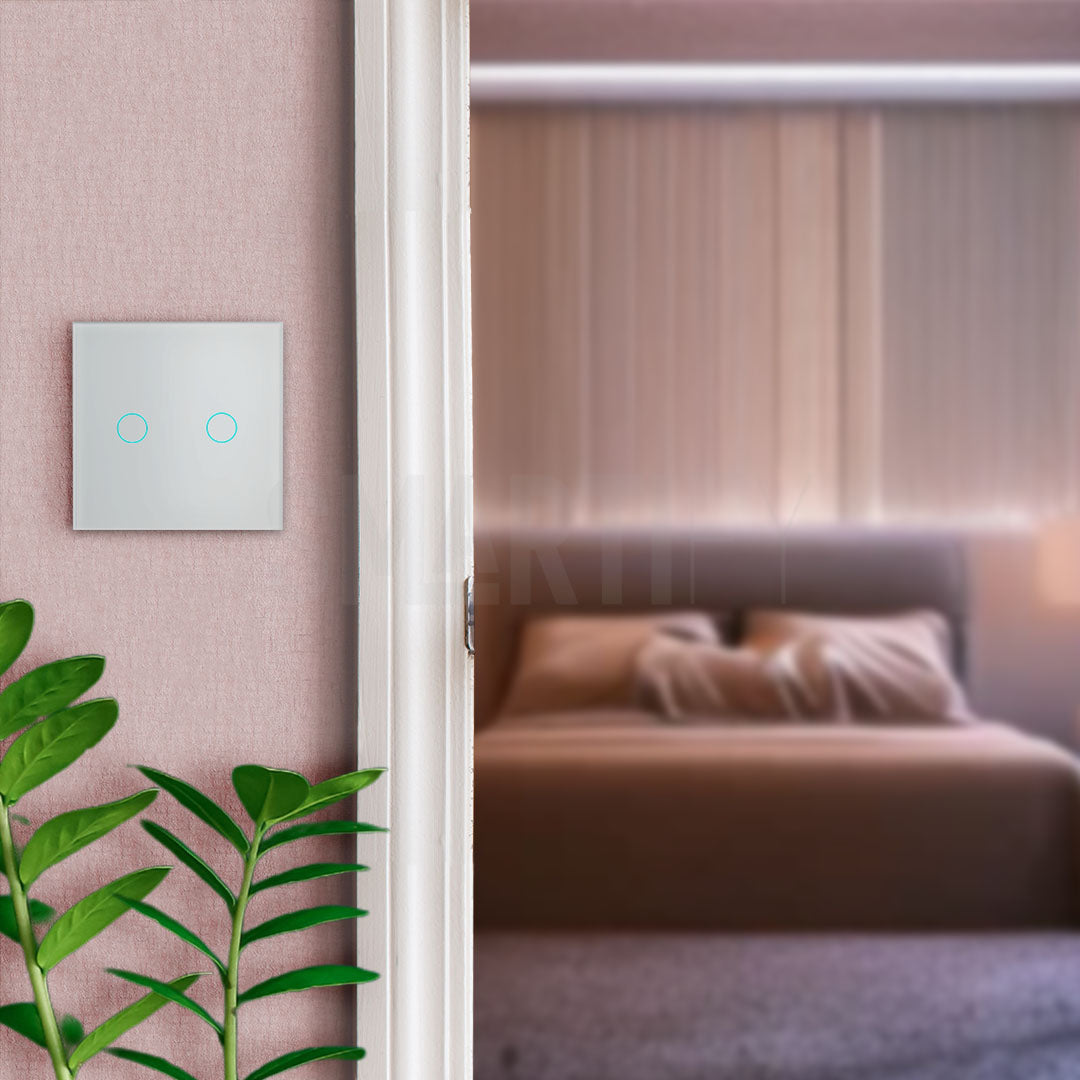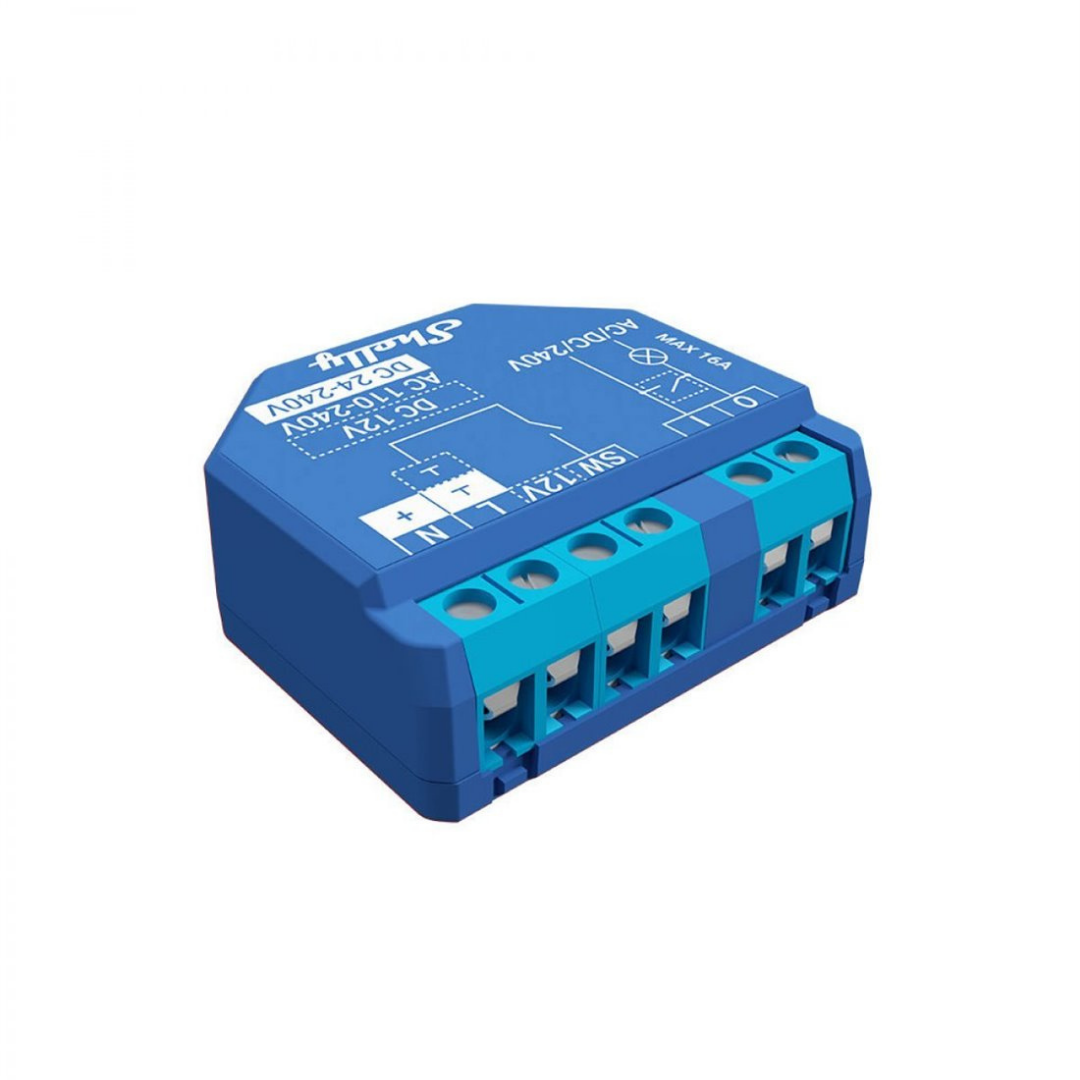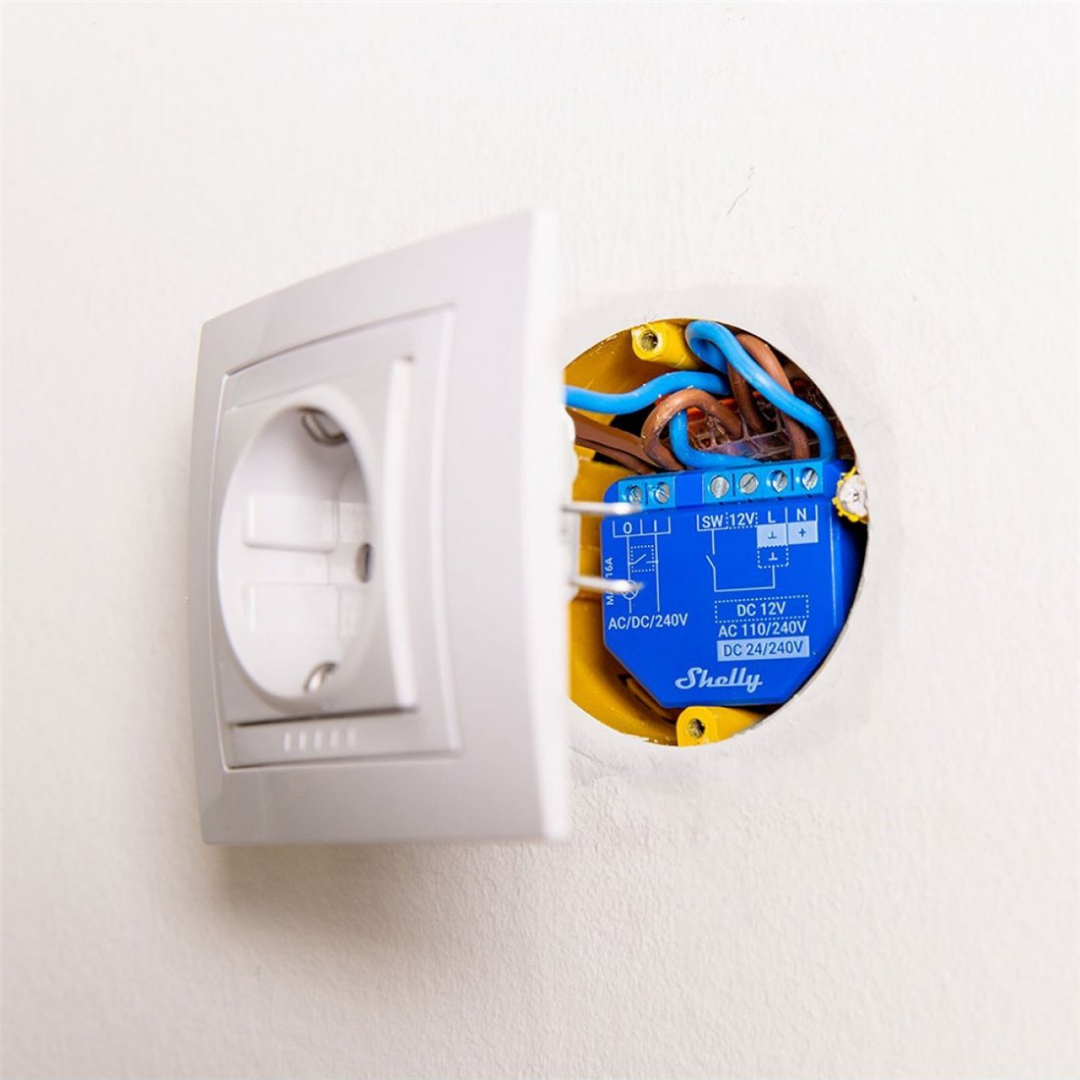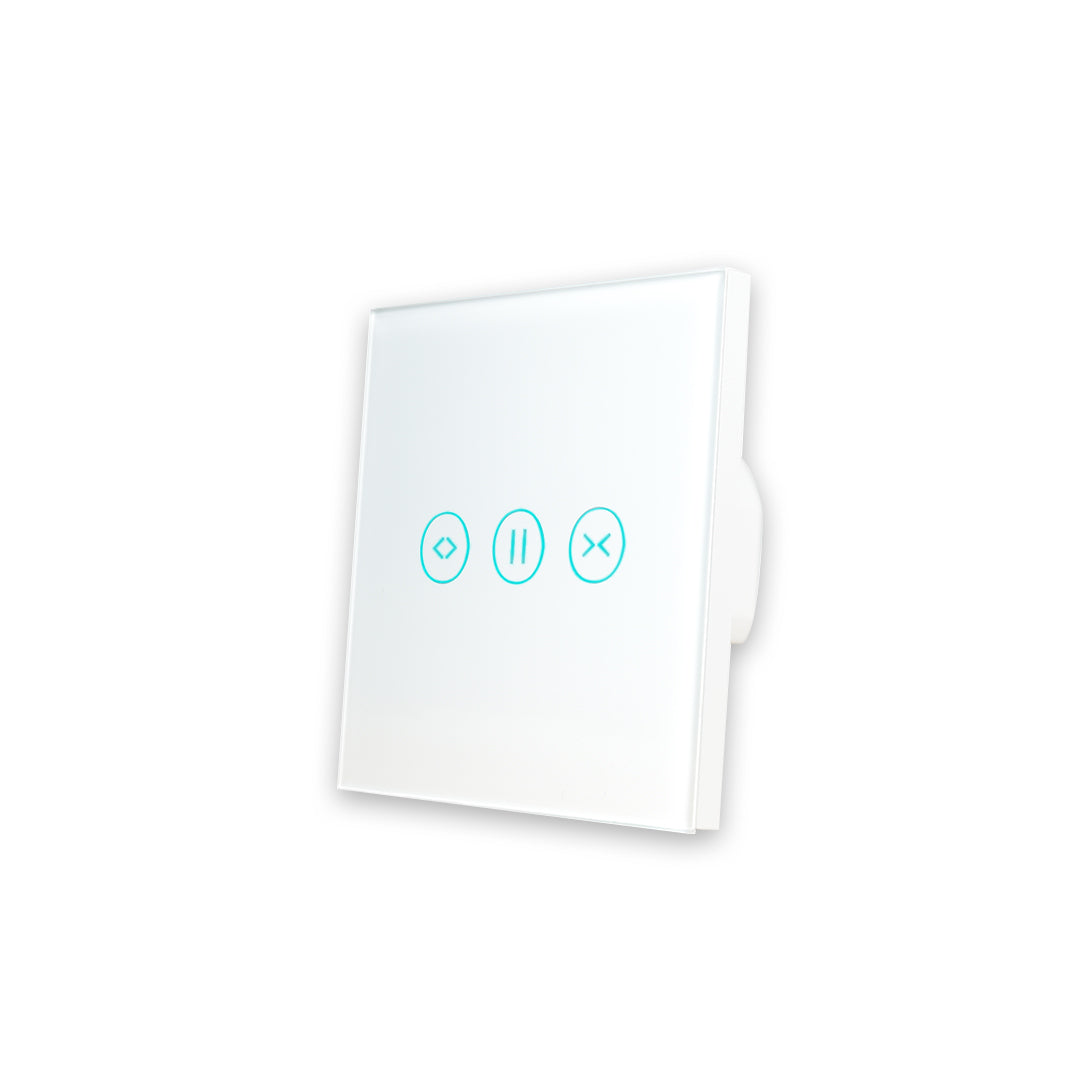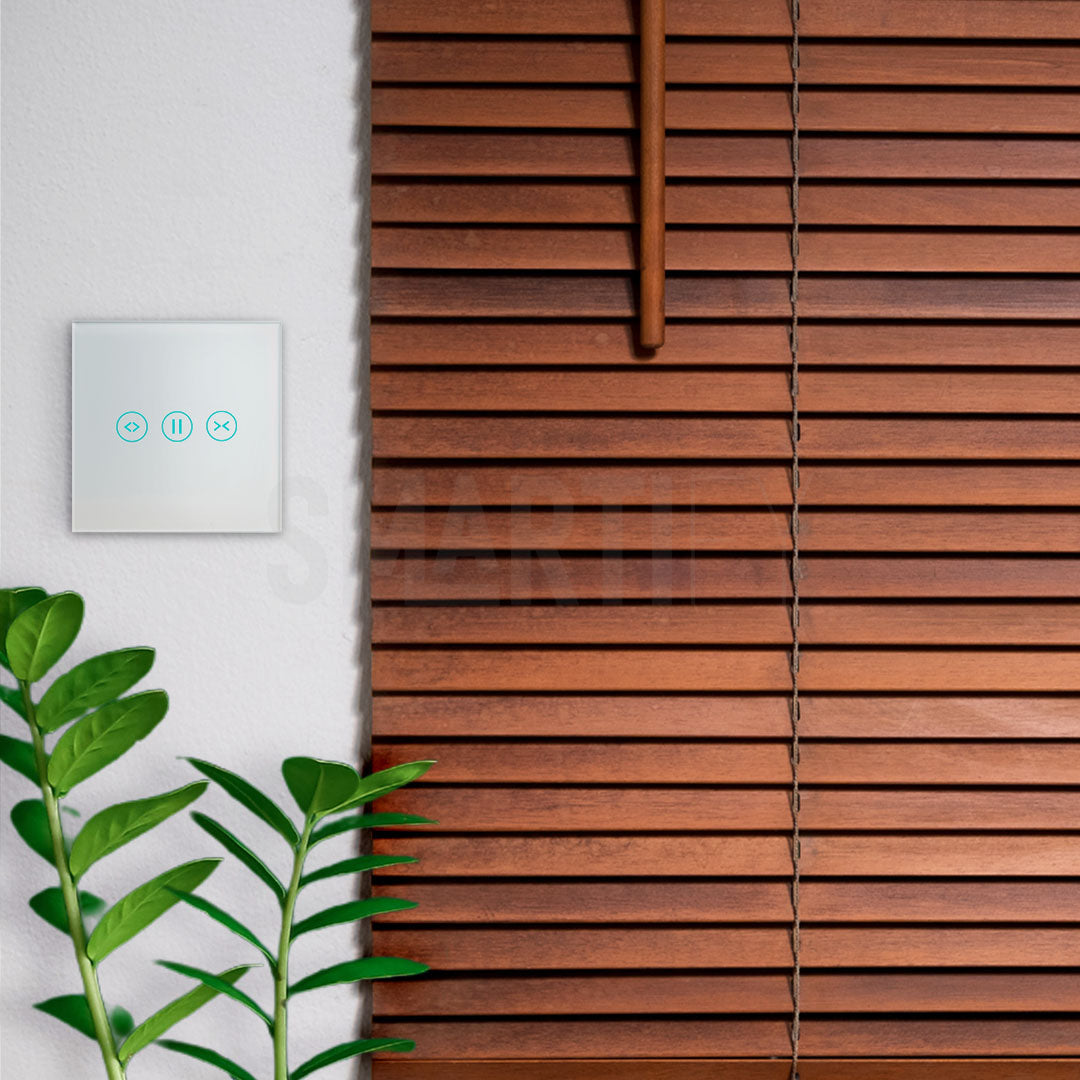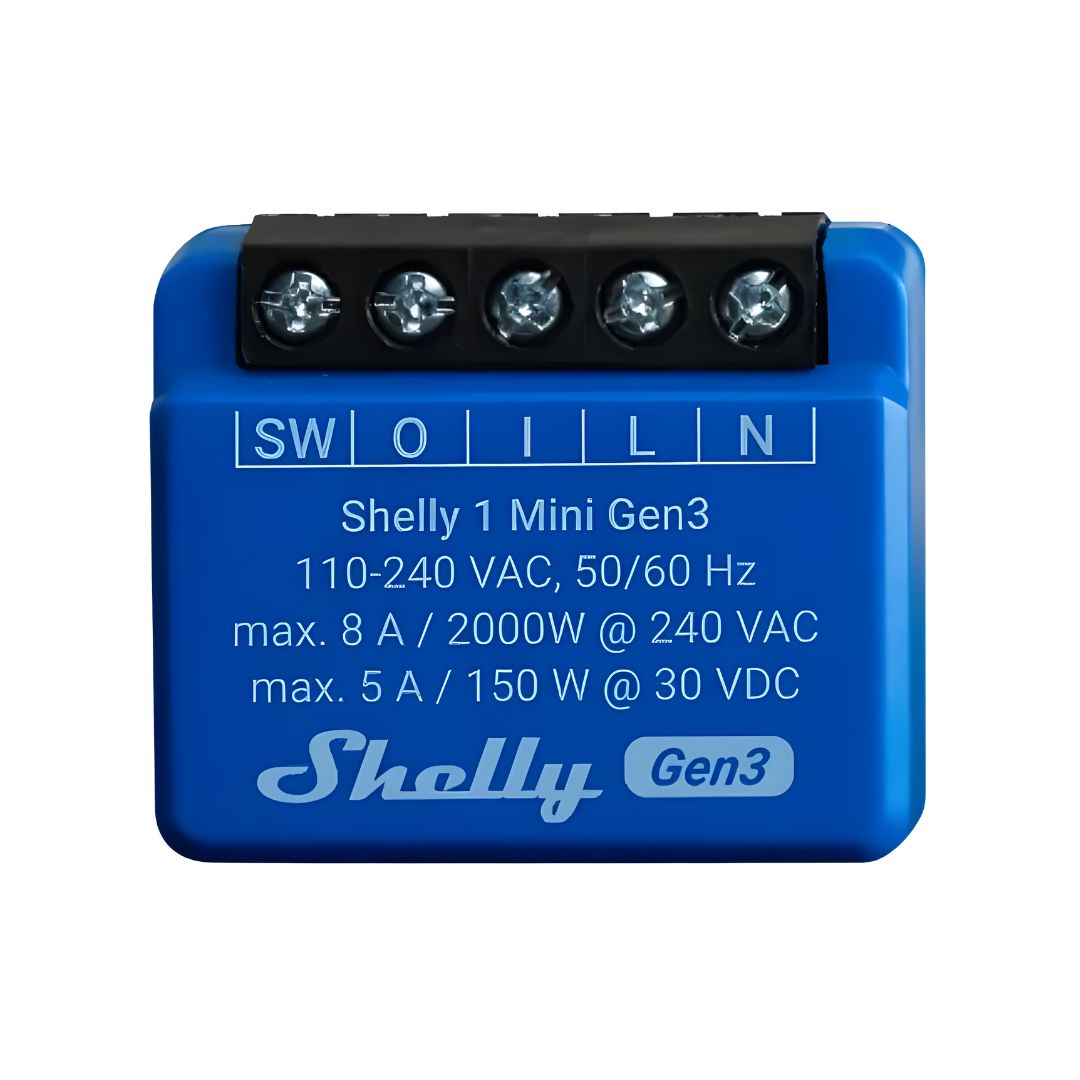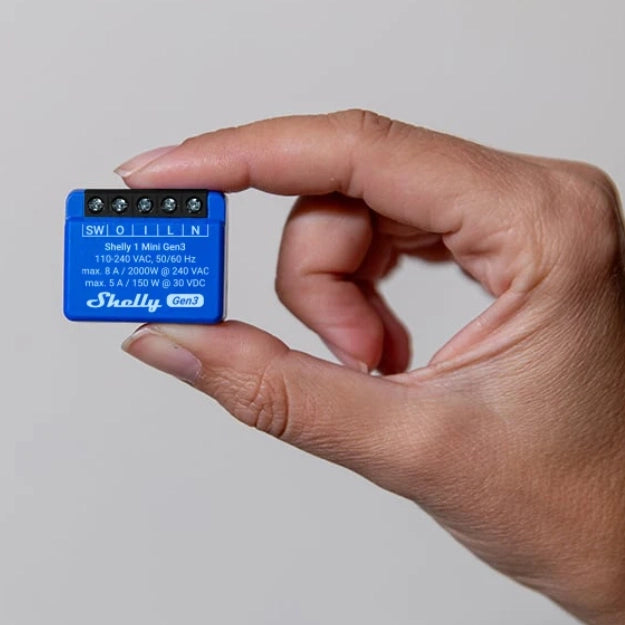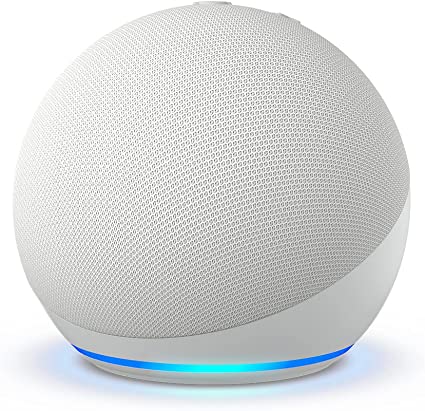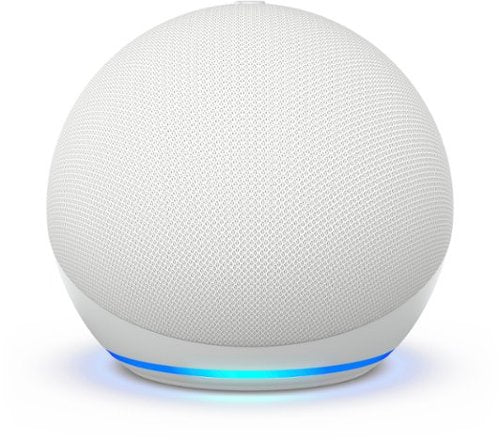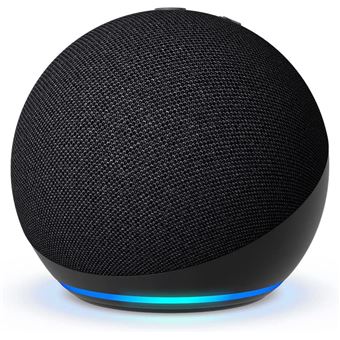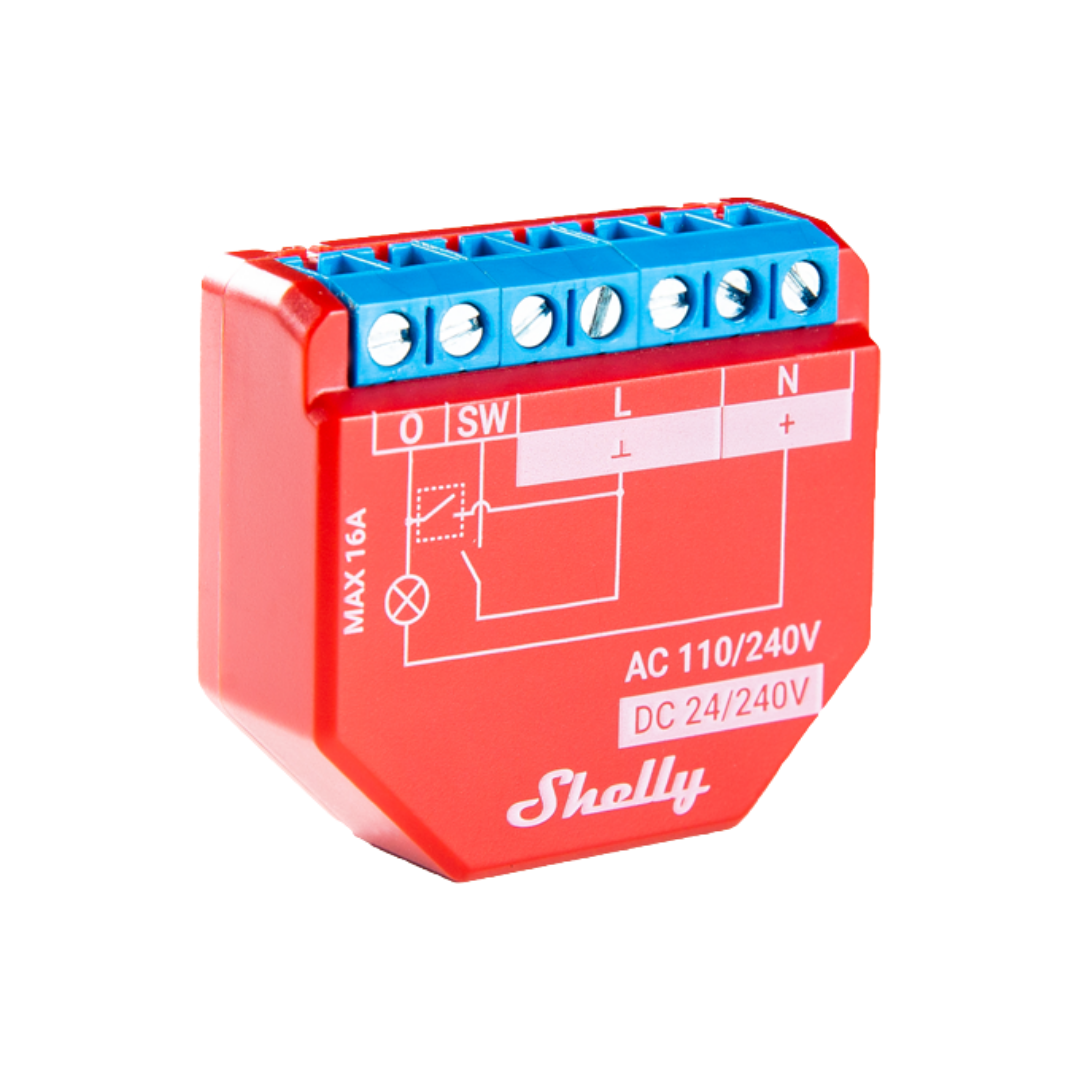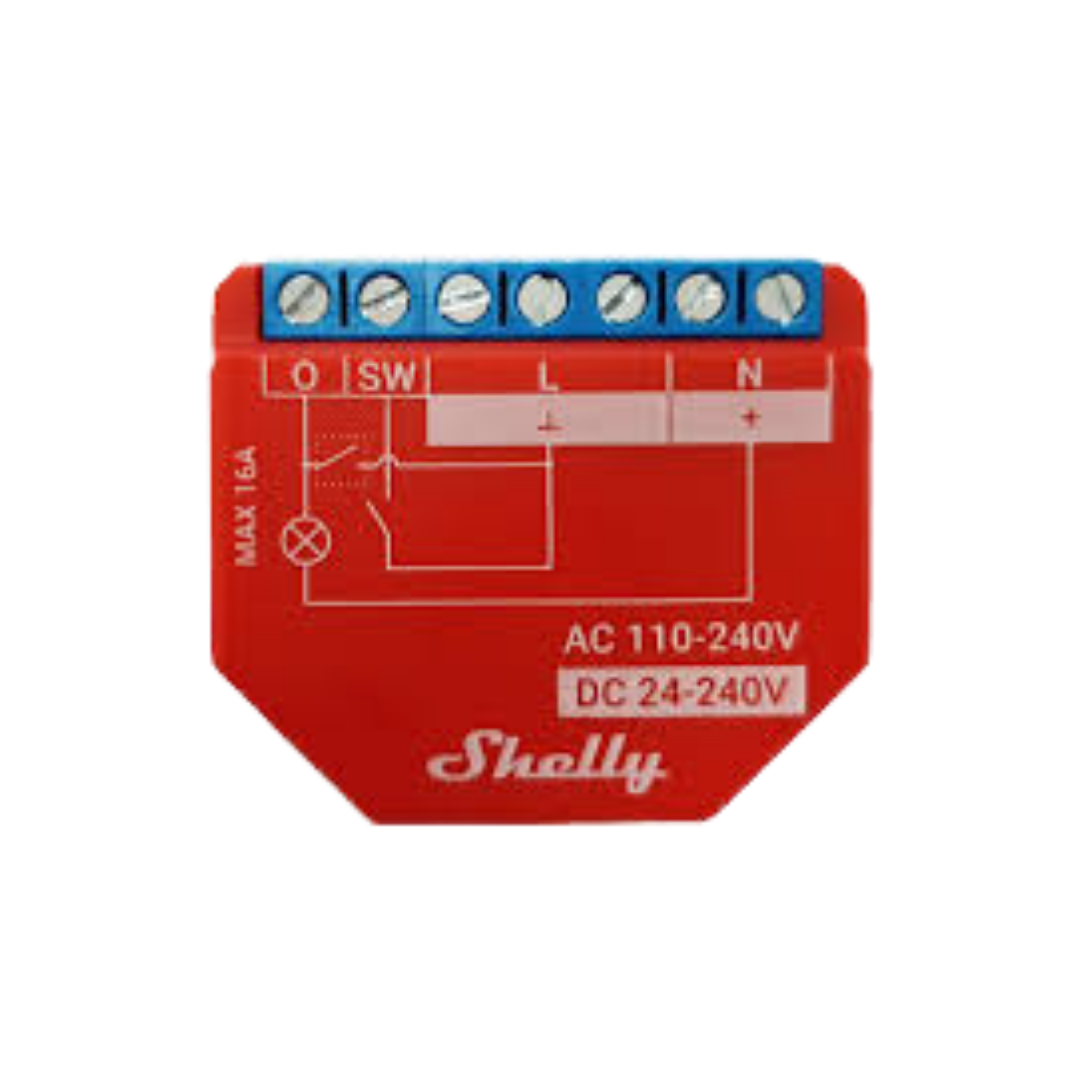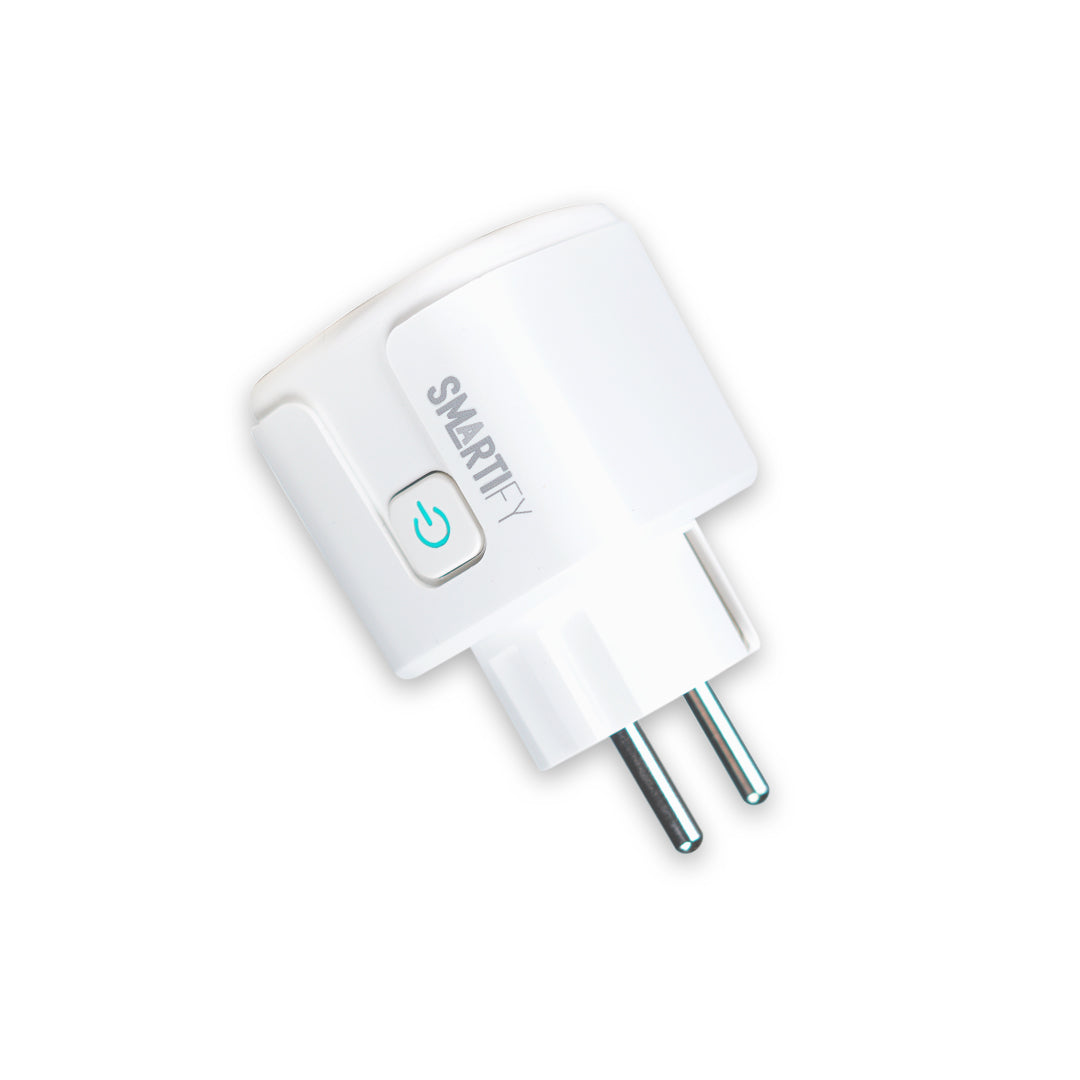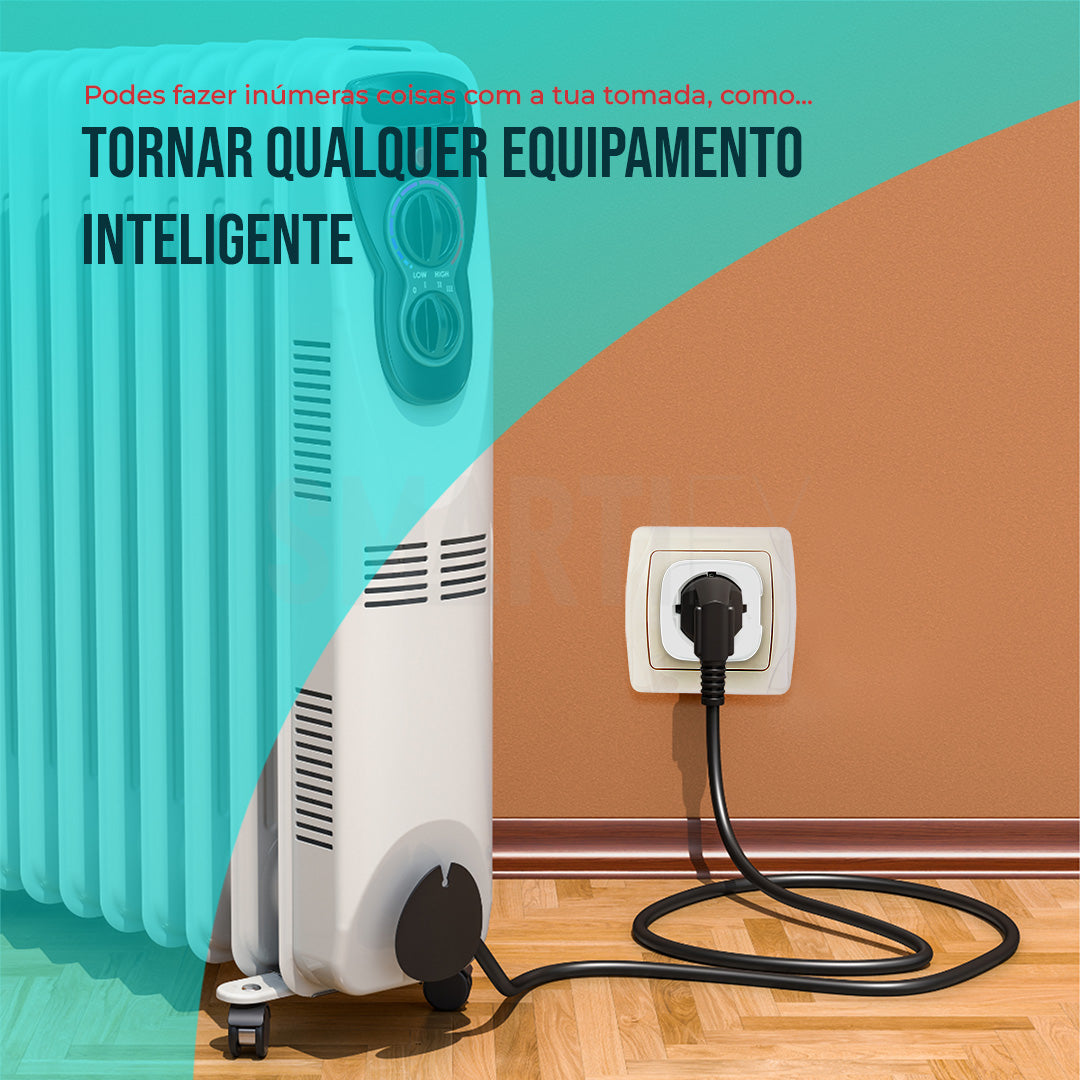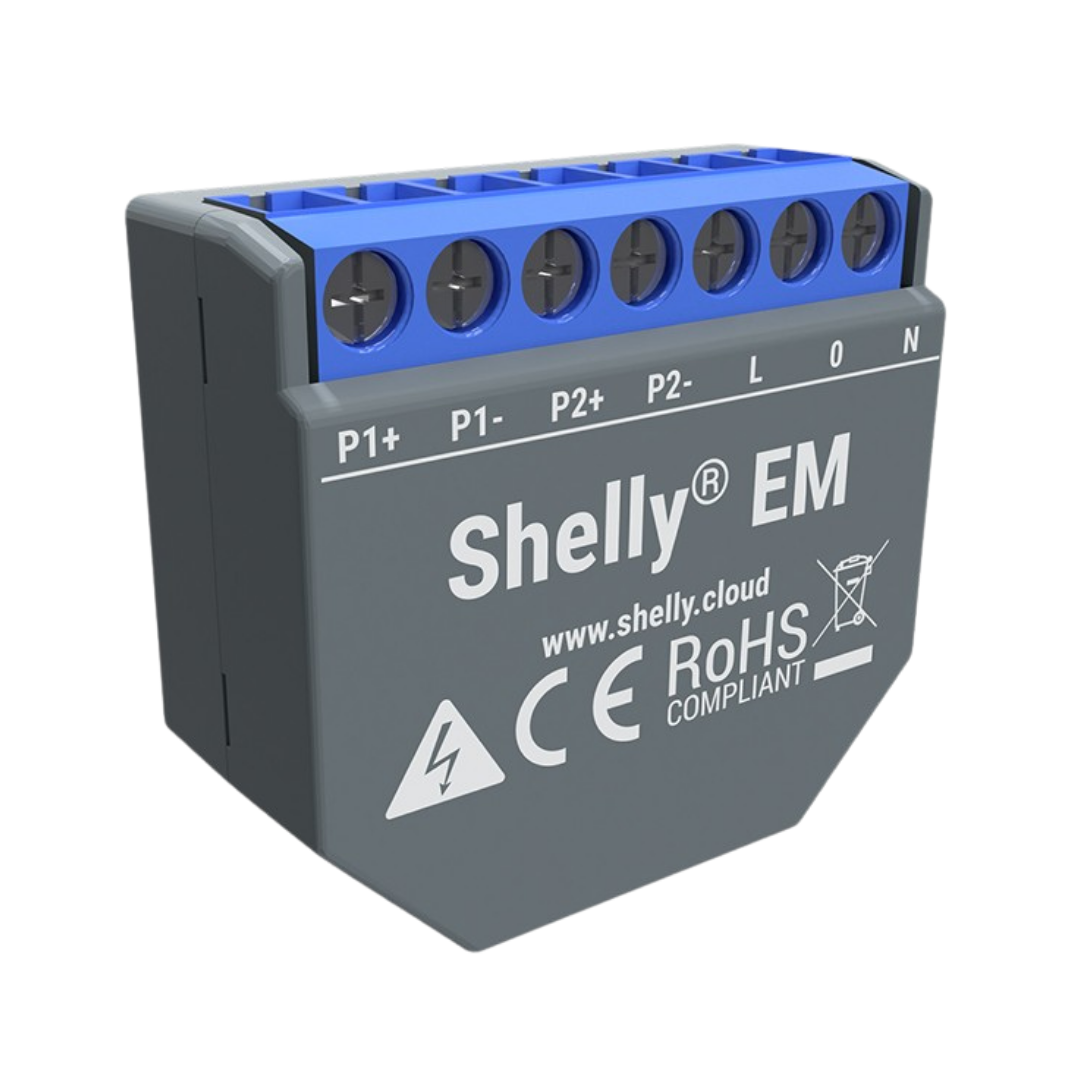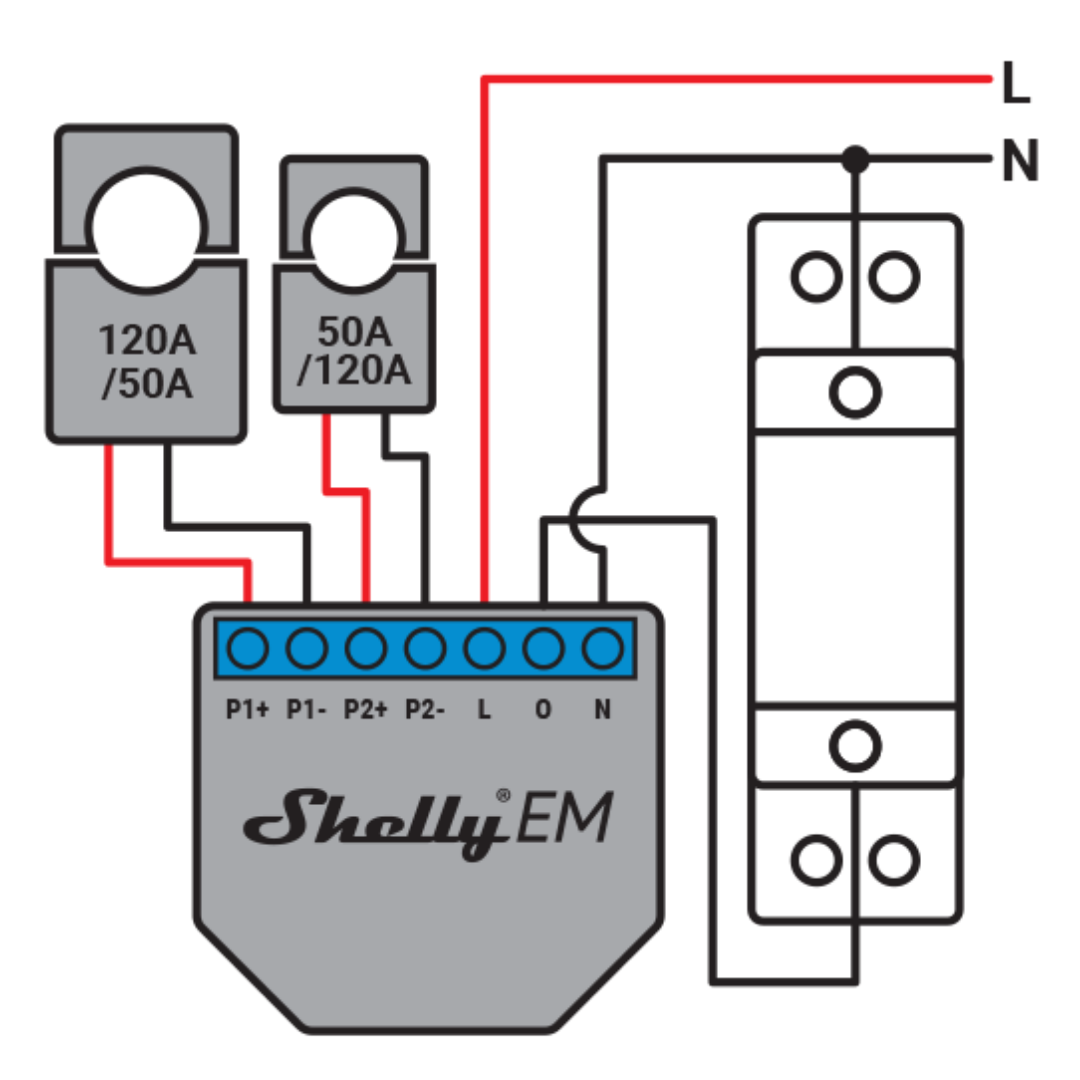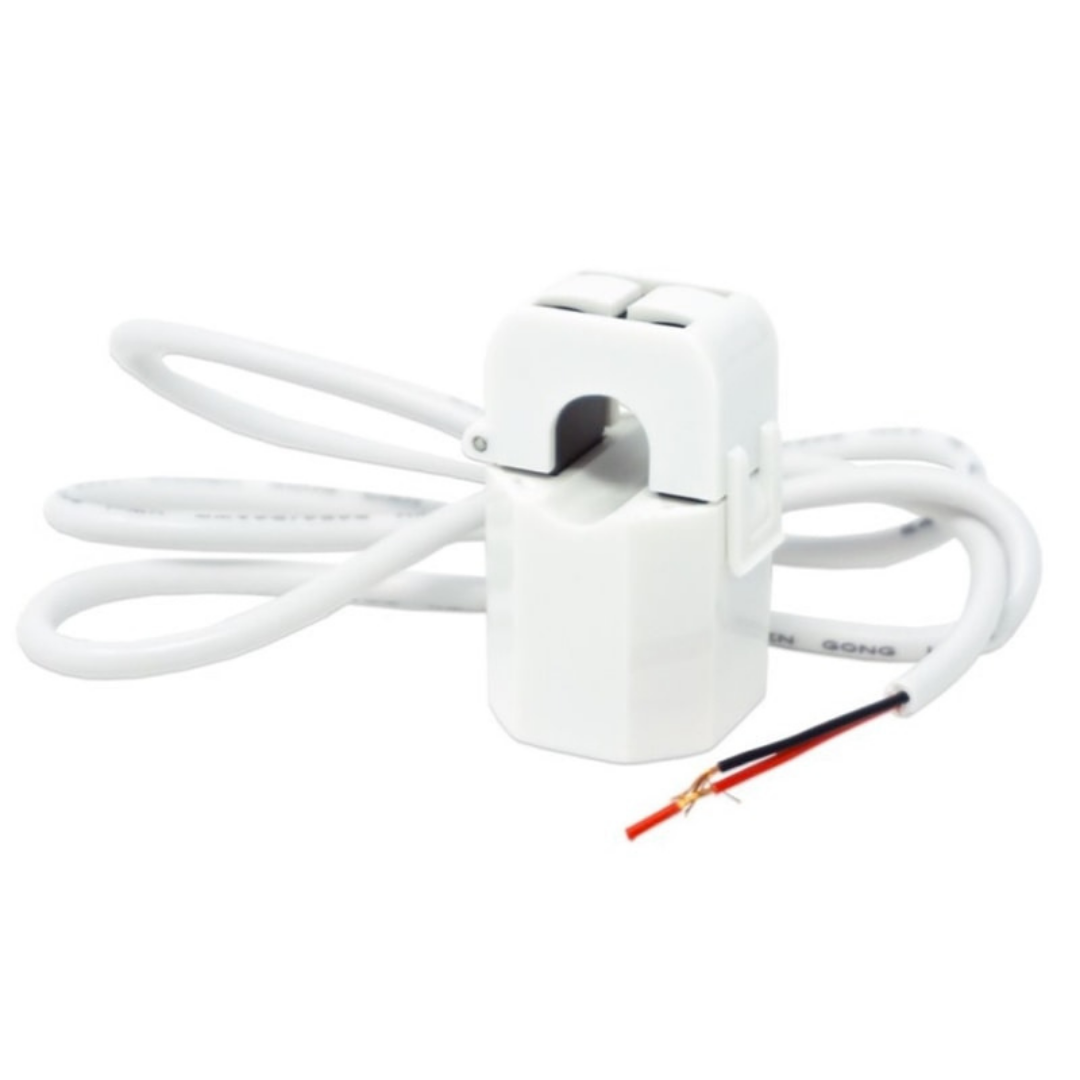It is one of the main dilemmas when we saw the choice for our smart home.
Since we actually have 3 options:
- WiFi Smart Lamps
- Smart switches or modules Wifi
- A mix between the two
1. WiFi Smart Lamps
Implementation:
Just get your Smart Lamps and exchange for the old ones. Then pair with your Smartlife / Tuya application so that then you can control through your Amazon Alexa or Google Assistant.
Cost:
In terms of costs this option will be more expensive than switches as each lamp will have to be replaced by a intelligent lamp adjustable color and white (RGB + CCT).
Benefits:
Remotely control by application through your mobile phone the lighting of your smart home from wherever you want.
Control by voice commands with your Amazon Alexa or Google Assistant.
There is no need for hiring a technician for installation.
Being able to control exactly the tone of its lighting (dimmer function). Choose the color depending on the environment you want to create.
Choose between one of the pre -defined modes (work, rest, party, among others).
Disadvantages:
WiFi smart lamps cannot be turned off from the current or are offline (they can no longer be remotely controlled until they are connected to the current). This means that the switch that controls them has to always be "on". That is, they cannot be controlled by touching the physical switch.
2. Smart relay switches or modules Wifi
Implementation:
After purchasing the devices for your smart home, the installation should be done (we advise you to install your switches It is modules intelligent relay by a professional, the Smartify has this service) and then connect the Smartlife or Tuya application to control through the Amazon Alexa or Google Assistant.
Cost:
The acquisition of switches / modules Smart Relay WiFi turns out to be more economical than smart lamps, but the cost of hiring a professional for the installation of smart switches may make it expensive.
Benefits:
Remotely control by application through your mobile phone switches or modules of your smart home from wherever you want.
Control by voice commands with your Amazon Alexa or Google Assistant.
Maintain the functionality of controlling by physical switch normally as always did.
Disadvantages:
Technical skills of installation or hiring of a professional is required.
3. A mix between the two
Implementation
Our suggestion for when you want to have the best of two worlds.
Should make the connection to the switches It is modules Intelligent relay to ensure only the current and not connect the returns that go to the smart Wifi lamps. Make direct connection of smart lamps to the phase.
This will have their smart lamps directly linked to the current and may only be controlled by the application.
Then you should pair the smart lamps wifi and switches Smart WiFi to be connected with Smartlife / Tuya to be able to control Amazon Alexa or Google Assistant.
After that, the switches They should be programmed through automa / tuya application automations so that they control smart lamps when turning on / off.
Cost:
Of course this will be the most expensive option but the one that will bring the most features to your smart home.
Benefits:
Will have the benefits of both solutions indicated above.
Disadvantages:
High cost
Need for technical skills or hiring a professional.
In case of internet failure or cloud system, the intelligent lighting of your smart home will be totally uncontrollable (although it is very little recurring)



